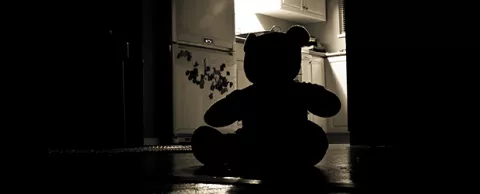
A smart city collects tons of data about the city's conditions. You can make use of that data in three important ways:
Situational awareness — know what's going on anywhere and everywhere in the city
Real-time optimization — use the power of computers to improve conditions second-by-second
Predictive analytics — spotting problems and opportunities while there is still time to make a difference
In the first case, you learn about problems. In the second case, you try to make problems better. In the third case, you try to avoid problems in the first place. Yes, the first two applications are valuable and important. But it's that third area — predictive analytics — that can have the most dramatic, life-changing impact.
Consider, for example, this story from Los Angeles, which is trying to predict which children are at risk of abuse, so they can intervene in time. As you read, I hope you'll consider whether you could apply this same technique to your own city's child abuse issues. Equally important, I hope you will realize that the same basic concepts and techniques can be applied to virtually every other aspect of urban life. — Jesse Berst
In one year, more than 1,500 children died in the U.S. due to abuse and neglect. Nearly 700,000 more suffered physical harm. And that’s despite the fact that together, all levels of government in the country spend about $80 billion on violence prevention efforts.
If resources were unlimited, maybe spending more would make a dent in the problem, but Los Angeles County is among those trying a new approach: It’s using advanced analytics to predict which children are in the greatest danger and is concentrating its resources on them.
Council Lead Partner SAS Institute is behind the new initiative, which is unique in the volume of data it pulls together to make predictions.
Developing a comprehensive profile
Child protection agents typically act on tips. Nationwide, they had to check out some 3.5 million tips in 2013. Most often, that check involves manually contacting several different agencies — maybe a half dozen or more — to see what each knew about the child’s living situation.
Predictive analytics, however, takes all of the information and puts it in one powerful system that can identify trouble before it happens. For instance, it can flag children who are living with people who have criminal histories for violent acts.
But it can also catch more subtle cues. Children who frequently change schools may also have violent home lives. It’s not an indicator by itself, but combined with many other data points, such as emergency room visits or someone with criminal convictions living with the child, it can help investigators hone in on serious problems relatively early in their investigations.
Concerns may be overblown
Profiling is a loaded word, and there is concern by some in Los Angeles that predictive analytics will unfairly target some families either for race or other reasons. Those behind the initiative, however, point out that analytics are not inherently bad. In fact, they may help ease the pressure on some families that would have unnecessarily received rigorous screening.
The county points out that predictive analytics work both ways. They identify families that need more attention and also indicate which families may not need so much. Without data and analytics, agents have limited information and their own hunches to go on; predictive analytics can also tell them when they should ease up.
And that, really, is the point of the project. It’s not to put everyone under intense scrutiny. It’s to help investigators quickly focus on the children who truly need to be saved.
More stories …
How safe is your city's food? Technology is providing answers
Advanced analytics project helps utilities see the future
A day without serious crime? Cities reap real benefits from predictive policing



